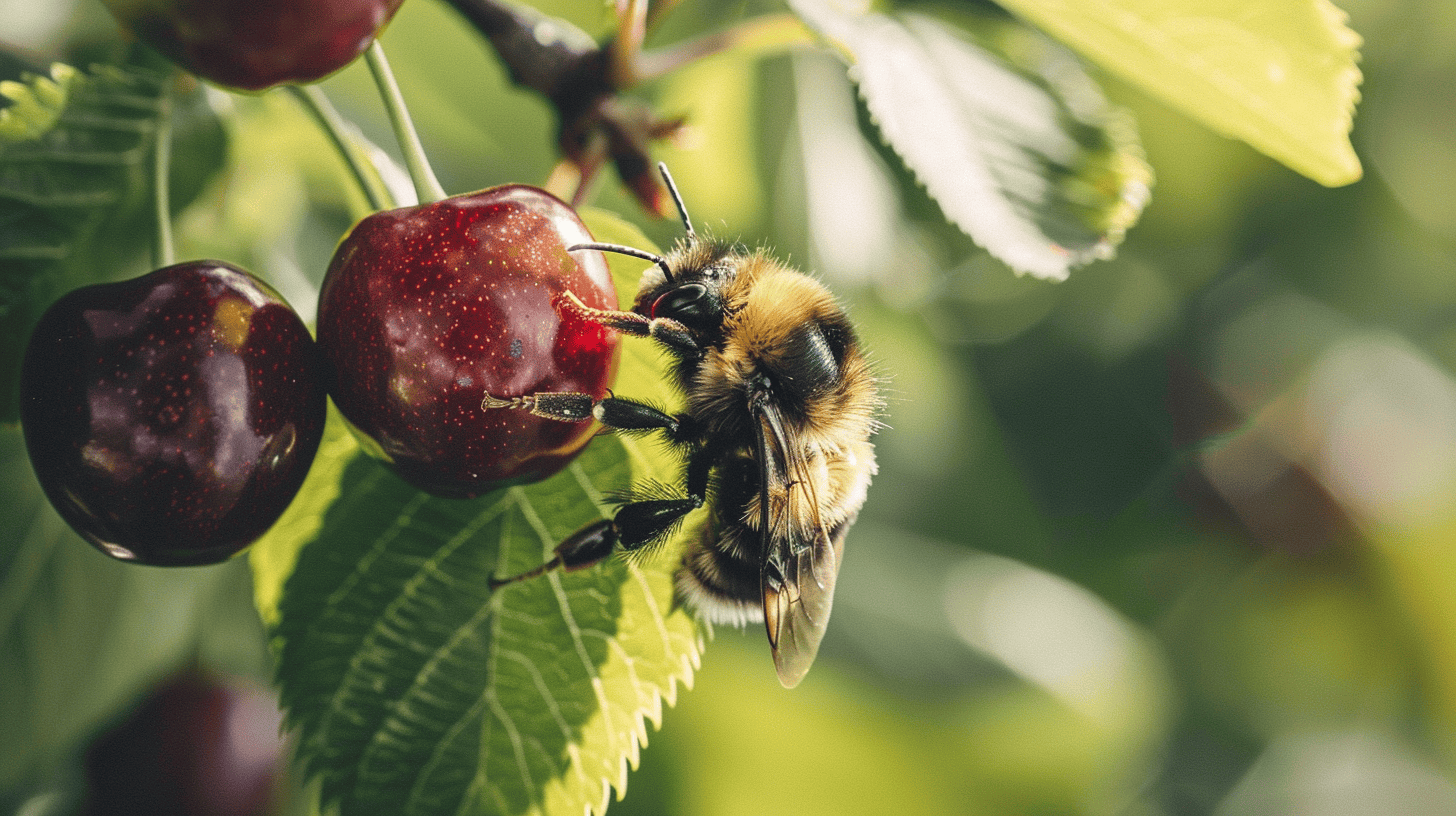
Researchers from Leipzig in Germany have developed a method based on radio waves that enables them to protect wooden museum exhibits against harmful insects such as woodworm. It does not require any chemicals. This could significantly reduce the environmental impact of current treatments in museum storage and exhibition areas.
Wooden furniture and art and cultural objects, as well as wooden structures of heritage buildings, are treated against insect infestations as a preventive measure. The aim is to ensure that woodworms, longhorn beetles and nail beetles cannot eat through wood and cause the material to become brittle. Wood preservatives based on chlorinated hydrocarbons such as lindane, DDT and PCP were often used in the past. These are now banned because of their environmental impact.
Free of chemicals
There are already methods in existence to counter insect pests that are free of chemicals. Such as microwave-based hot air treatment. This method relies on the assumption that any insect larvae in the wood will ultimately die at a temperature of 60 degrees Celsius. For important cultural goods, however, these hot air treatments are of limited use. After all, these often consist of a variety of materials that react to heat in different ways. Gold leaf, for example, reacts differently to wood. Moreover, the large temperature differences can lead to undesirable side-effects. Constanze Fuhrmann, environmental and cultural heritage specialist at the German Federal Environmental Foundation (DBU) compares the effect with how a microwave oven heats. ”In larger quantities, the food on the edge of the plate boils after just a few minutes, while on the inside, it’s still cold.”
Controlled heating
In order to prevent damage to important works of art, controlled, slow and balanced heating is required. Even a small hairline crack in a wafer-thin layer of gold leaf can under certain circumstances lead to selective overheating. Even the smallest of singed or scalded spots reduce the cultural and historical value. This is also the reason why tests are carried out in the research and development phase of new processes. Models and computer simulations are used to do this.
Material-friendly radio waves
In order to reduce any risk of damage, the Leipzig researchers from the Helmholtz Centre for Environmental Research, (UFZ) together with colleagues from the Leipzig University of Applied Sciences (HTWK) have developed a new process for protecting wooden cultural objects from insects. This process is based on radio waves as these have a much smaller impact on the material than microwaves. Moreover, the process is less material-specific. It can also be applied to textiles, leather, hides and conserved animal parts and ceramics. For example, it offers an effective treatment against typical insect pests. For example, against clothes and fur moths, but also fur, carpet and museum beetles.
Evaporation of chemicals
An additional effect of the new radio wave-based preservation process for wood is that chemicals containing chlorine from earlier treatments can also be evaporated. This is achieved by combining that with special washing processes. However, multiple treatments may be required under certain circumstances, as certain objects are not allowed to become too hot. The scientists have already researched and successfully tested the methods for converting any pollutants containing chlorine. They recommend treatment strategies whereby some of the pollutants may remain within the core of the objects, yet the concentration on the surface is significantly reduced. Finally, the experts state that the decisive factor is the outcome of the treatment and that indoor air pollution levels are reduced.
Also interesting: Black fungi protect wood from wood rot







